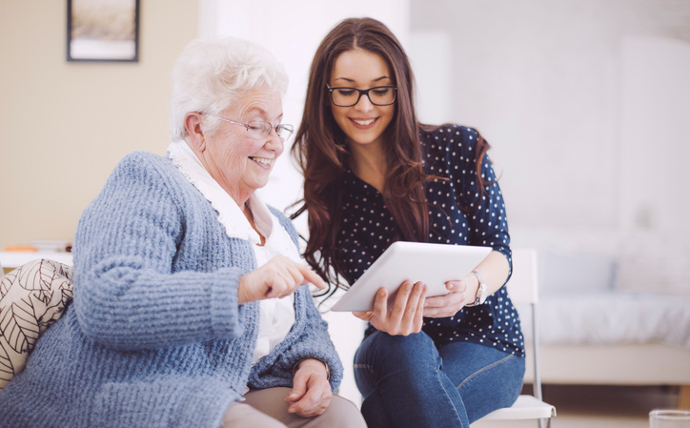If we all live to be 100, how will technology support us as we age?
This was the question Susann Keohane, the global research leader for ageing at IBM Research, tackled during a recent visit to Sydney to speak at the BBC’s World Changing Ideas summit.
Keohane has spent the past decade at IBM Research “trying to make technology accessible to people with disabilities.”
“In that research we started to look at the ageing demographic,” Keohane told Information Age.
“It is a great research challenge because your ability changes over time. As you age, your physical and cognitive ability will change.
“This is a really fascinating topic to me.”
Keohane and her team are approaching the challenge by first working out what is most important to the elderly and the family ecosystem around them.
That, it turns out, is being able to “age in place”. Keohane’s research shows 90 percent of elders want to remain in their homes for as long as possible.
“But what often happens is their independence essentially will be taken away because their family gets nervous,” she said.
“There’s a lot of pressure [on the family] because you’re afraid your elder isn’t ageing well in their home. So for us we were looking at what we could do with technology [to assist].”
Decisions about the transition of care are really a data problem, and one that IBM is presently addressing through a mix of Internet of Things (IoT), cognitive and other technology solutions.
“What we decided to do is look at determining how well someone is going about their daily routines,” Keohane said.
“If the elder is going about their routine then they’re probably OK. It’s when they start to not go about their daily routine – if we can’t tell if they got out of bed or if they’re eating – that it becomes a cause for concern.”
IBM is testing this theory in Italy where it placed a CO2 sensor in the kitchen and living room of elders’ residences.
“What was interesting is we saw a spike over about three weeks, and it correlated to breakfast, lunch and dinner, and then there was a lull at night,” Keohane said.
“So we don’t know if the elder ate, but we begin to learn this pattern. You can start to assess that this person is going about their normal routine.
“What would be cause for concern is if you didn’t see any spike. Then you can see it’s not normal and notify someone.”
In this way, intervention into the life of an elder may in future be data-driven rather than an “emotional decision”.
“The challenge is if you take the elder out of their home too soon, you’ve taken away their independence and that’s quality of life, and may equate to loneliness, depression and ramifications for their health,” Keohane said.
“If they stay in their home too long it could be catastrophic.
“It’s really the transition of care that we’re trying to figure out, and we’re using emerging technologies like sensors in the home. It’s like the home is helping the elder and keeping them safe just by monitoring the normal activities.”
In future, IBM’s tests will become more sophisticated, allowing a greater array of signs to be inferred.
“Often what you see now is one sensor, one rule, one alert. For example how long did you sleep?” Keohane said.
“What we’re really trying to do is pull together all of that data and build a holistic model of an individual so we can learn from that data about the individual and their routine.
“We’re still getting there but I definitely think this won’t be in research for a long time because the need is so great.”
One of the other challenges in the research is creating technology that can “meet where people are at” as they age.
“The elders of today aren’t the elders of tomorrow,” Keohane said.
“Right now we’re starting off with very ambient sensors to help elders stay safe in their homes longer. But the elders of tomorrow – the 60-year olds of today – will have a very different relationship with technology.”
That could mean future systems may offer a wider choice of user interfaces to help people at different ages interact with their data. For example, elders of today may not be comfortable with natural language dialogue with a machine, but the encroachment of AI and personal assistants in the home will change that for future generations.










